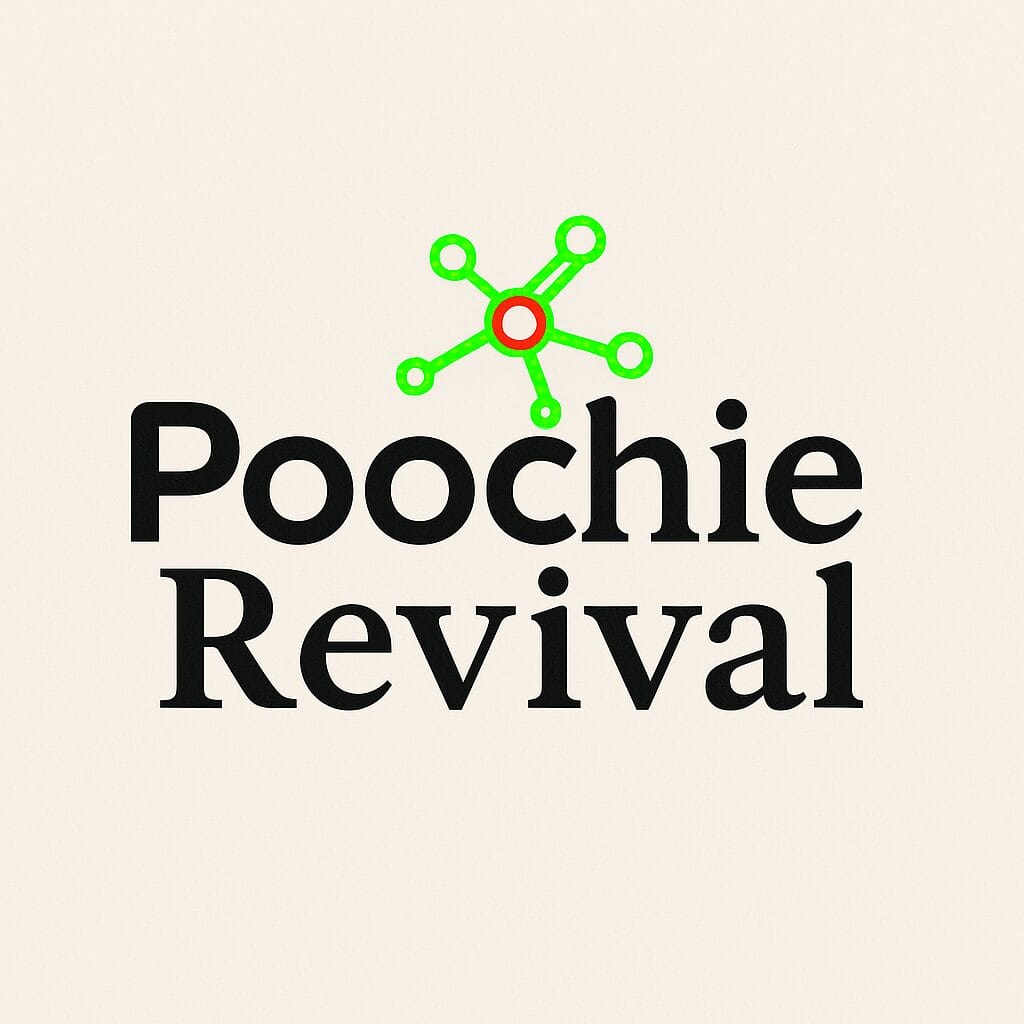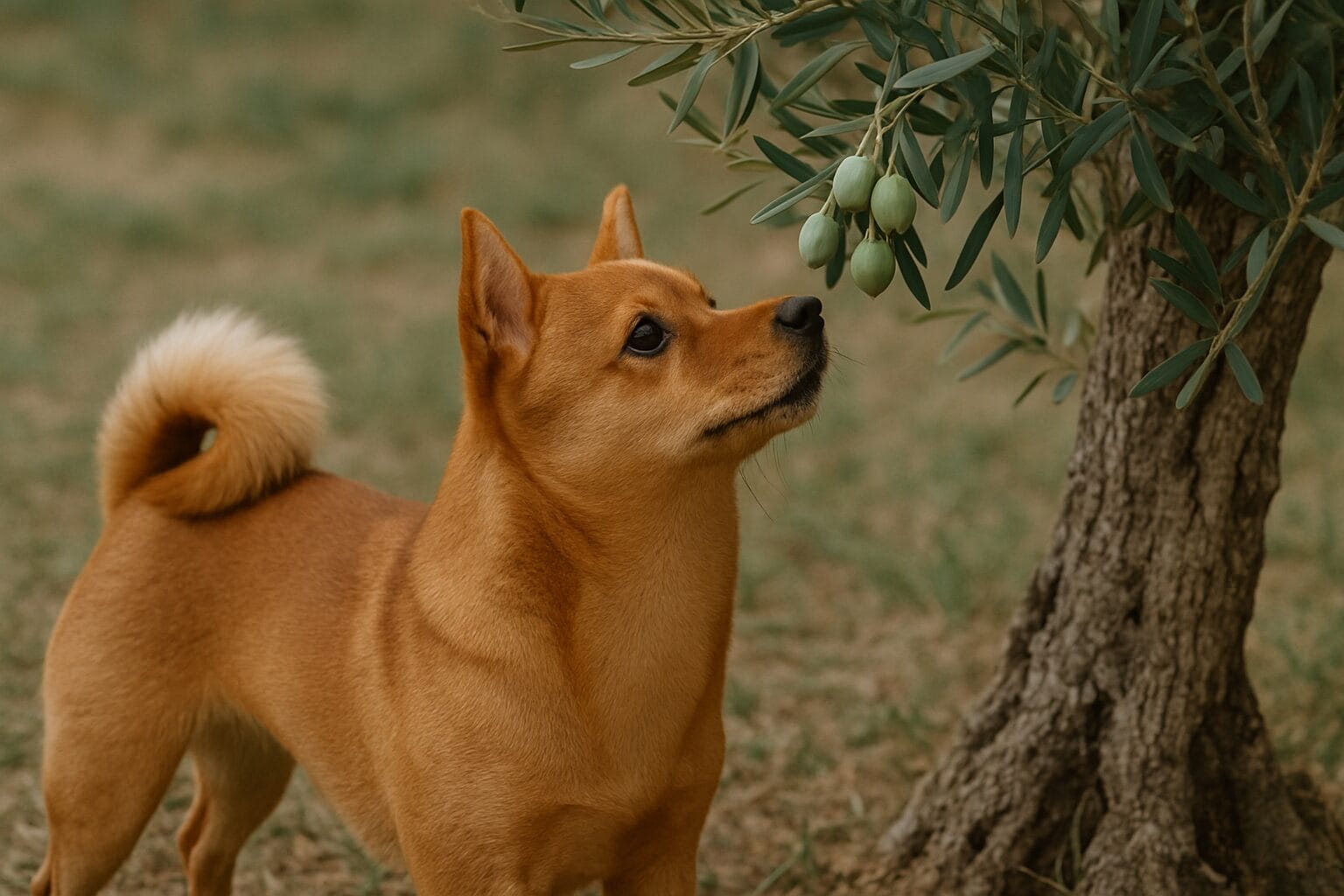Vitamin E is the most commonly used antioxidant, essentially acting as the body’s own preservative. It is not a vitamin whose benefits should be visibly apparent in a dog, but rather it is used to potentially extend the dog’s lifespan.
If a dog’s paws or coat improve solely with Vitamin E, then the dog has been in severe deficiency for a long time. Often, in such cases, many other aspects of the diet are also lacking. A low dose of Vitamin E or even its absence in food does not affect the dog’s appearance or vitality.
If a dog consumes fattier food, more Vitamin E is needed. This is because the use of fat generates harmful free radicals in the body. Antioxidants are needed to eliminate them.
A car and rust are often used as an illustrative example. In this analogy, free radicals are what cause rust, and antioxidants like Vitamin E are the rust protection or undercoating. Rust itself represents the worst-case scenario that no one wants to consider: cancer. Therefore, it is said that Vitamin E is given in the hope that the dog might live a bit longer.
Similarly, if a dog is active, whether a joyful scatterbrain or a high-level athlete, more Vitamin E is needed. The reason is essentially similar to that of dietary fat. When energy is produced, especially from fat, various waste products are generated, against which Vitamin E protects.
Vitamin E has other functions in the body, but its antioxidant action is among the most important.
Oils
People often prefer to use vegetable oils, such as sunflower oil or flaxseed oil, instead of Vitamin E. While these oils do contain Vitamin E in varying amounts, much of the Vitamin E content is used up by the oil itself, not addressing the dog’s needs.
It’s practically impossible to provide oils in such large quantities that they would significantly benefit the dog. Their use is based on the misconception that all nutrients must come from food, and oilseeds, which are not naturally part of canines’ diets, suddenly become natural just because they are pressed, processed, and bottled in a factory.
Diseases
Vitamin E is used as a supportive treatment in various diseases. Often unnecessarily, but since the general belief is that diseases increase the need for antioxidants, there’s no harm in it. Additionally, Vitamin E indirectly participates in the production of inflammatory mediators through a couple of biochemical pathways.
Skin and coat symptoms are often conditions for which Vitamin E is willingly used. Sometimes it is justified, sometimes not.
The doses used in supportive treatments depend on the source and there are no rules or guidelines for them. However, the dose is generally significantly higher than what the normal requirement would be.
Requirement
The minimum requirement for Vitamin E is 1 mg/kgBW, but a more commonly accepted minimum is double that: 2 mg/kgBW. Usually, ensuring at least 2 mg/kgBW intake is sufficient. However, if one wants to be more precise, the dosage could be:
- Lazy dogs and those whose food contains less than 15% fat: 2 mg/kg
- Average pet dogs that are more active or if the food contains 15 – 20% fat: 4 mg/kg
- Active dogs, competitive dogs, sick, nursing/pregnant dogs, or if the food fat is over 20%: 6 – 8 mg/kg
There’s a catch, though. These amounts apply if the Vitamin E is natural. Natural Vitamin E is expensive, and most available on the market is synthetic, which I prefer to refer to as manufactured – synthetic gives the wrong impression.
The difference between natural and manufactured is that:
- In natural Vitamin E, the entire declared amount functions as Vitamin E in the body
- In manufactured Vitamin E, half of the declared amount functions as Vitamin E in the body, and the other half acts as a preservative in the food; it is neither toxic nor harmful
Natural Vitamin E can be easily distinguished from manufactured as the packaging will prominently indicate “natural.” However, the difference can also be found in the product description:
- Natural is labeled as D-alpha-tocopherol or rrr-alpha-tocopherol
- Manufactured is labeled as DL-alpha-tocopherol or all-rac-alpha-tocopherol
This means that the dosage must be doubled with manufactured Vitamin E compared to what the requirement calculation would suggest. But let’s make it easier. The previous requirements were for natural Vitamin E, so when using manufactured, the requirement is:
- Lazy dogs and those whose food contains less than 15% fat: 4 mg/kg
- Average pet dogs that are more active or if the food contains 15 – 20% fat: 8 mg/kg
- Active dogs, competitive dogs, sick, nursing/pregnant dogs, or if the food fat is over 20%: 12 – 16 mg/kg
IU
IU stand for international units. They are used because many substances collectively called Vitamin E have different vitamin activities. IU refers to the active amount, and to convert it to milligrams, a conversion calculation is needed. In Vitamin E, the conversion from KY to milligrams is simple. 1 IU is the same as 1 mg (the reality is slightly more complex, but this is a sufficient rule of thumb).
Calculating the Dose
Calculating the required dose is easy if you know multiplication, and since everyone uses a calculator, there’s no need to calculate in your head.
We have manufactured Vitamin E, so we’ll go with a higher dosage.
- We have a Jack Russell that only knows how to run and is on raw food. It’s decided that it should receive 12 mg/kg. The dog weighs 7 kg, so 12mg x 7kg = 84 mg of Vitamin E is needed.
- A lazy 70 kg giant eating light food might need 4 mg/kg. So, 4mg x 70kg = 280 mg of Vitamin E would be given.
Now, we must check the product label to see how much Vitamin E is in the product being used.
The label indicates that dl-alpha-tocopherol (i.e., manufactured Vitamin E) is 30 mg/ml – a typical amount in horse Vitamin E liquids. Then, the required amount is divided by 30, so for the example dogs:
- For the Jack Russell: 84mg / 30mg = 2.8 ml = 3 ml
- For the giant: 280mg / 30mg = 9.3 ml = 10 ml
There’s no need to buy a milliliter measure, as one milliliter weighs one gram. Thus, the practical dosage would be:
- For the Jack Russell: 1 teaspoon (as a teaspoon is about 4 grams)
- For the giant: 1 tablespoon (as a tablespoon is about 12 grams)
If you have purchased natural Vitamin E, then the dosage is half.
Remember also that Vitamin E should be given every day as it is not stored in the body.
The Easiest Dosage
There is an even simpler formula when using horse Vitamin E liquid (often it’s better to buy BE liquid instead).
- Small dogs: 1/3 bottle cap
- Medium-sized dogs: 1/2 bottle cap
- Large dogs: 1 bottle cap
- More for active dogs
You can use the cap as a measure once or twice. After that, you should know the necessary wrist movement – dosing Vitamin E isn’t that exact.
Why Horse Vitamin E?
Horse Vitamin E is used because of the price. A liter bottle costs about 20 euros (in Finland). According to the previous calculations, the supply would last:
- For the Jack Russell: about 11 months
- For the giant: about 3 months
Vitamin E May Cause Heartburn in Dogs
In reality, the oil additive used as a carrier causes the heartburn. You can try to find an alternative.
Often, the dose is first halved to see if it still causes heartburn. If not, everything is fine. If heartburn persists, halve it again.
The idea is to find the lowest dose the dog can tolerate. If the dog cannot tolerate Vitamin E supplements at all, then it should not be given, and the matter should be put to rest.



